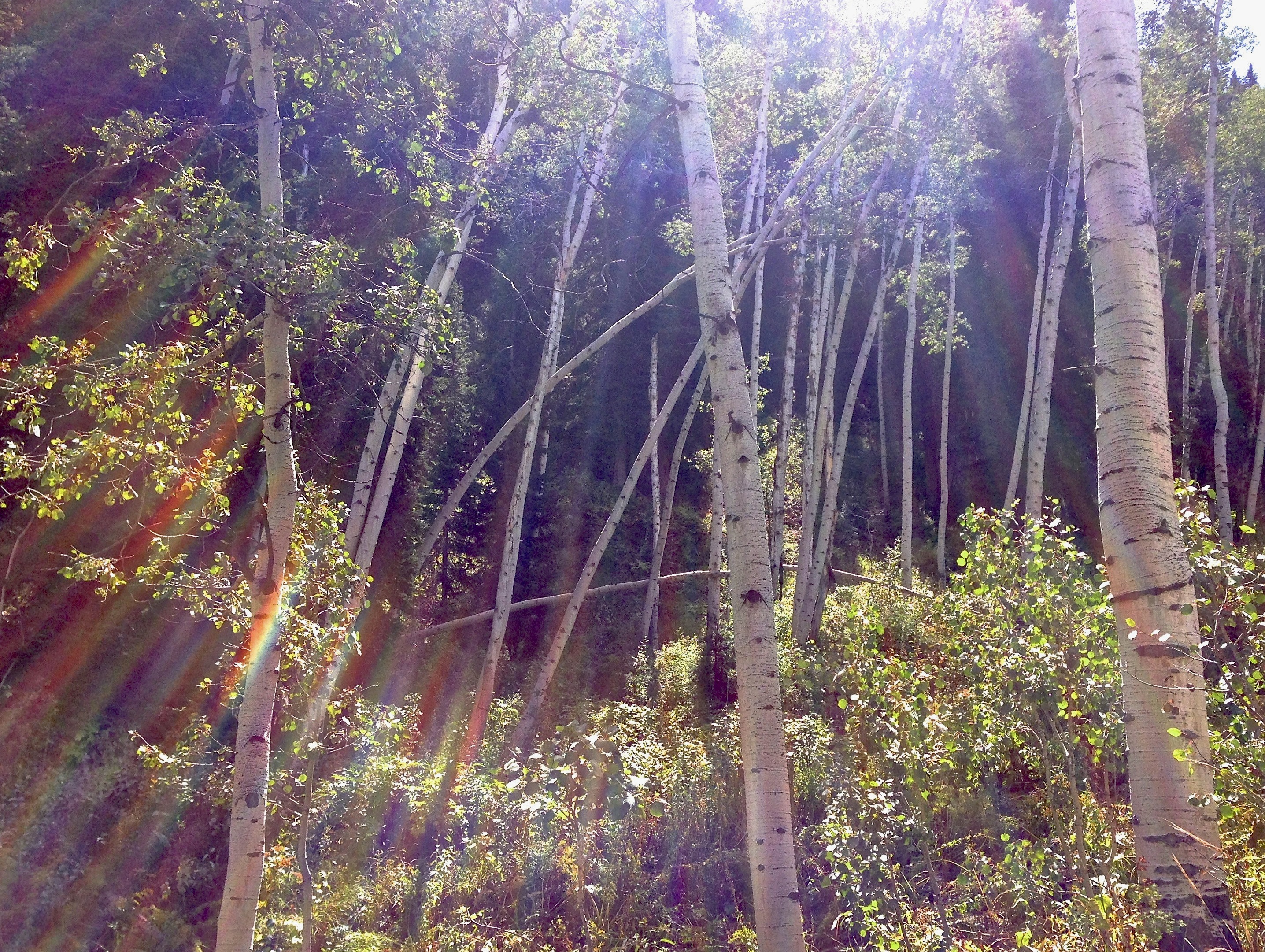
“There is a road in the hearts of all of us, hidden and seldom traveled,
which leads to an unknown, secret place.
The old people came literally to love the soil,
and they sat or reclined on the ground with a feeling of
being close to a mothering power.
Their teepees were built upon the earth
and their altars were made of earth.
The soul was soothing, strengthening, cleansing and healing.
That is why the old Indian still sits upon the earth instead of
propping himself up and away from its life giving forces.
For him, to sit or lie upon the ground is to be able to think more deeply
and to feel more keenly. He can see more clearly into the mysteries of
life and come closer in kinship to other lives about him.”
– Chief Luther Standing Bear
The first “official” Earth Day in the U.S. was held on April 22, 1970. The event was one of the signposts of a new environmentalist movement, and we now mark it every April as a reminder to take good care of our Earth. Yes, we should remember this each and every day, but it’s good to have a special time to be mindful of this mission.
The idea of celebrating the Earth is ancient. Native Americans have always considered the care of nature a basic element of their worldview. “We are the Earth and the Earth is us,” they say. We are not separate from nature, from the land and water, from the birds and beasts. How we live our lives impacts our planet and thus affects our lives.
This circular concept is so important to my health philosophy that the first object you will see entering The Whole Child Center is a framed Native American medicine wheel, a mirror of the cyclic nature of life and our relationship to the Earth.
Our interconnectedness to nature is something I teach children in schools when I give Earth Day presentations. I demonstrate for kids the healing power of nature, describing how the Native Americans’ first medicines were the plants that grew around them. Their lives literally depended on cultivating the flowers and trees with which they co-inhabited the Earth. I bring an assortment of herbs like chamomile, lavender, and peppermint, and we talk about how people have relied on these magical cures for as long as we can remember. The kids love to smell and touch the herbs and many, for the first time, viscerally realize how important nature is to our well-being. They are so happy to discover this truth that they laugh out loud while exploring the herbs and spices! My hope is that this experience motivates them to take better care of the Earth.
Is it possible that something as simple as happiness could be the motivating factor to stimulate sustained ecological behavioral change? Professor Paul Bloom at Yale believes so, as he discusses in one of my favorite essays about how to best engage people in environmental stewardship. Are the rising rates of environmentally-linked illnesses like asthma and autism not direct enough for us? Are the scientific predictions of the wide-ranging health impacts of climate change too removed? Bloom offers a compelling and deceptively simple argument for perhaps the most immediate reason why we should want to preserve our habitat: Being in nature makes us happy.
“Put aside for the moment practical considerations like the need for clean air and water, and ignore as well spiritual worries about the sanctity of Mother Earth or religious claims that we are the stewards of creation. Look at it from the coldblooded standpoint of the enhancement of the happiness of our everyday lives. Real natural habitats provide significant sources of pleasure for modern humans. We intuitively grasp this, and this knowledge underlies the anxiety that we feel about nature’s loss. It might be that one day we will be able to replace the experience of nature with “Star Trek” holodecks and robotic animals. But until then, this basic fact about human pleasure is an excellent argument for keeping the real thing.”
– Professor Paul Bloom
Whatever your motivation, please take a moment today to appreciate the Earth, have a conversation with your children about the wonders of nature, and take the KIWI pledge:
“We pledge to keep the earth clean and protect this planet for future generations. It is our job to promote an eco-friendly lifestyle and maintain a natural, sustainable standard. This is a responsibility we feel will empower humanity and improve our quality of life. We also believe that the protection of the environment is of the utmost importance, and, therefore, will remain in the forefront of our minds.”
Leave a Reply
You must be logged in to post a comment.